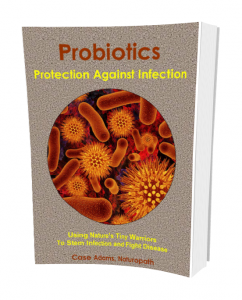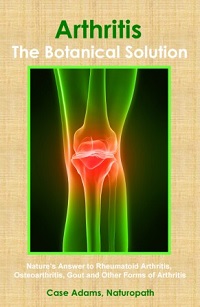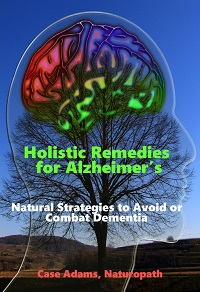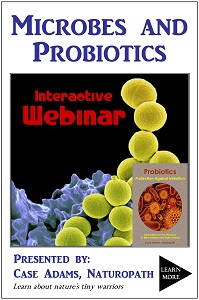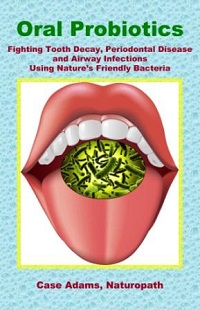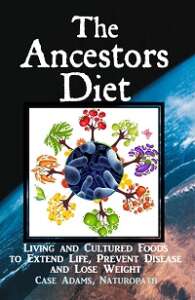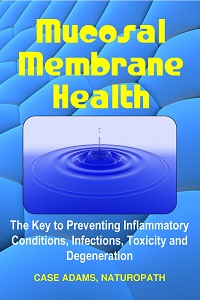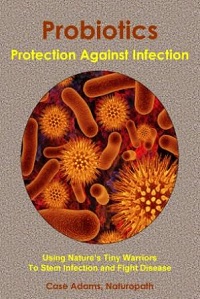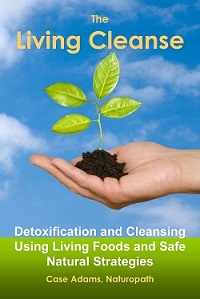Superbug Resistant to all Antibiotics found in the U.S.

Image by Carolyn Davis
Scientists have been warning us for the past decade about the possibility of bacteria infections that can no longer be treated by any of the antibiotics produced by pharmaceutical medicine. These antibiotic-resistant superbugs have been infecting people in other parts of the world as we reported previously. Still, the warnings of the arrival of these completely resistant superbugs have received little attention.
Well, that day has finally come.
A new strain of E. coli bacteria was found in the urine of a U.S. woman with a urinary tract infection. The bacteria are resistant even to the last-resort antibiotic, colistin. This is the first case in the United States. This means these bacteria cannot be treated by any currently available antibiotic.
The new report is from July’s issue of the journal of the American Society for Microbiology, Antimicrobial Agents and Chemotherapy. The E. coli bacteria infection was reported by Dr. Patrick McGann and associates from the Walter Reed Army Institute of Research in Maryland.
The E. coli bacteria contains a gene called the mcr-1 in addition to seven other antibiotic resistant genes. The mcr-1 gives it the ability to resist the last-resort antibiotic, colistin. The other genes allow it to evade other antibiotic types. The bacteria is also an extended-spectrum beta-lactamase producing bacteria (ESBL). These all mean it will resist all other antibiotic drugs.
The bacteria were found in the urine of a 49-year old women who came to a Pennsylvania clinic for a urinary tract infection in April of 2016.
The paper states, “The association between mcr-1 and IncF plasmids is concerning as these plasmids are vehicles for the dissemination of antibiotic resistance and virulence genes among the Enterobacteriaceae.”
To translate, a plasmid is a genetic package that boosts the immunity of the bacterium. This allows the bacteria to evade certain antibiotics. The Enterobacteriaceae family of bacteria that have the ability to infect the human body in different ways. These include the urinary tract, the intestines, the lungs, sinuses and other mucosal membrane regions.
Pretty scary, huh? Are the superbugs going to do us in? Is there no other way out?
The information and research contained in my books and articles offer us a way out. First, let’s discuss how antibiotic resistance works and how nature combats it.
In this article
Why bacteria develop resistance to antibiotics
Bacteria are smart. They are not just stupid single cells bouncing around. They are little creatures that, just like others, want to stay alive. So when they face off with an adversary, they try to figure out how to beat the adversary.
Pharmaceutical antibiotics are pretty easy to figure out, because these are static. They are chemicals that are manufactured. True, some antibiotics were initially isolated from living adversaries of bacteria – typically other bacteria but sometimes molds and yeasts. But then they were manufactured – with the same chemical formula – over and over.
These chemicals have a chemical formula. Every time they are prescribed against the bacteria, the bacteria have the opportunity to figure out the formula and learn to become tolerant to it.
The human body does the same thing, but to a different degree. When we give the human body a chemical, the immune system will typically learn how to tolerate it. It might react the first time as it seeks to cleanse the chemical out. But soon the body’s immune system will figure out how to break the chemical down and discard it. Sure, there may also be a latent response to the build up of chemicals. But the immediate toxicity is dampened with use. This is also what happens with intoxicants. The body becomes tolerant, so it takes more to get the same sensation.
This is just an example of how the immune system learns to tolerate a chemical. Bacteria will typically die from an antibiotic attack, but over time, the bacteria species will learn how to tolerate the chemical, and even break it down when it is exposed to it.
Once the bacteria has learned how to tolerate the pharmaceutical antibiotic, it stores this process in its genes. These gene packages – plasmids – can then be transferred to other bacteria. Those bacteria that pick up the plasmid will also be able to evade that antibiotic.
As time goes on, the bacteria species gradually learn how to evade all of our antibiotics. Because again, they are static chemicals, with particular chemical formulas.
Antibiotics versus living organisms
Living organisms are different from antibiotics. Other living organisms will produce different types of antibiotic chemicals – and work in other ways to defeat the bacteria. When the bacteria figure out how to evade a particular strategy for a living organism, the living organism simply develops a new strategy – a new chemical or a combination of chemicals.
This is how, for example, plants prevent bacteria infections. Wild plants in a forest are surrounded by bacteria, yet they keep those infections controlled and avoided by their production of a variety of antibiotic chemicals. These will be produced within the leaves, the bark, the roots, the stems, and fruit/seed peels of plants.
When the bacteria figure out a way to evade any of those strategies, the plant responds by producing a meaner cocktail of chemicals the stave off the infection.
Microbial species act in the same way to fight bacteria as they compete for territory. Opposing bacteria will produce different types of antibiotic combinations in order to defeat their opponents. This is how we get much of our antibiotics – except once we isolate them, they never change.
But when any of their antibiotic strategies are figured out by opposing bacteria, the microbes simply change strategies. They mount a new strategy – with a new antibiotic or combination thereof to counteract their competitors.
These strategies are variable and ever-changing – as opposed to the static strategy of antibiotic pharmaceuticals. For this reason, bacteria have a difficult time developing genetic strategies to evade those ever-changing strategies of living organisms. Because things are always changing.
Herein we find the best opportunity to fight antibiotic-resistant bacteria: By using the strategies provided by nature’s living organisms that surround us – those who are winning their wars against bacteria infections.
A few specific strategies
As mentioned, in this publication we have revealed a number of natural strategies that can fight antibiotic-resistant bacteria.
Rather than sit back and moan as bacteria become superbugs, we should be actively engaging them with the various tools that we have at our disposal, as indicated here:
Raw honey
Manuka honey
Herbal essential oils
Garlic and ginger
Willow-herb
Goldenseal
Wu Mai plums
In addition to these, my book on probiotics details proven probiotics strategies to combat antibiotic-resistant bacteria.
My hope is that mainstream medicine begins to embrace nature’s facilities to combat superbugs – before it is too late.
REFERENCES:
McGann, P, et al. Eschericia coli harboring mcr-1 and blactx-m on a novel IncF plasmid: First report of mcr-1 in the USA. 2016 July. Vol. 60; 70.
Zurfluh K, Klumpp J, Nüesch-Inderbinen M, Stephan R. Full-length nucleotide sequences of mcr-1 harboring plasmids isolated from extended-spectrum β-lactamase (ESBL)- producing Escherichia coli of different origins. Antimicrob Agents Chemother. 2016 Jun 20. pii: AAC.00935-16.
Adams, C. Probiotics: Protection Against Infection. Logical Books, 2014

